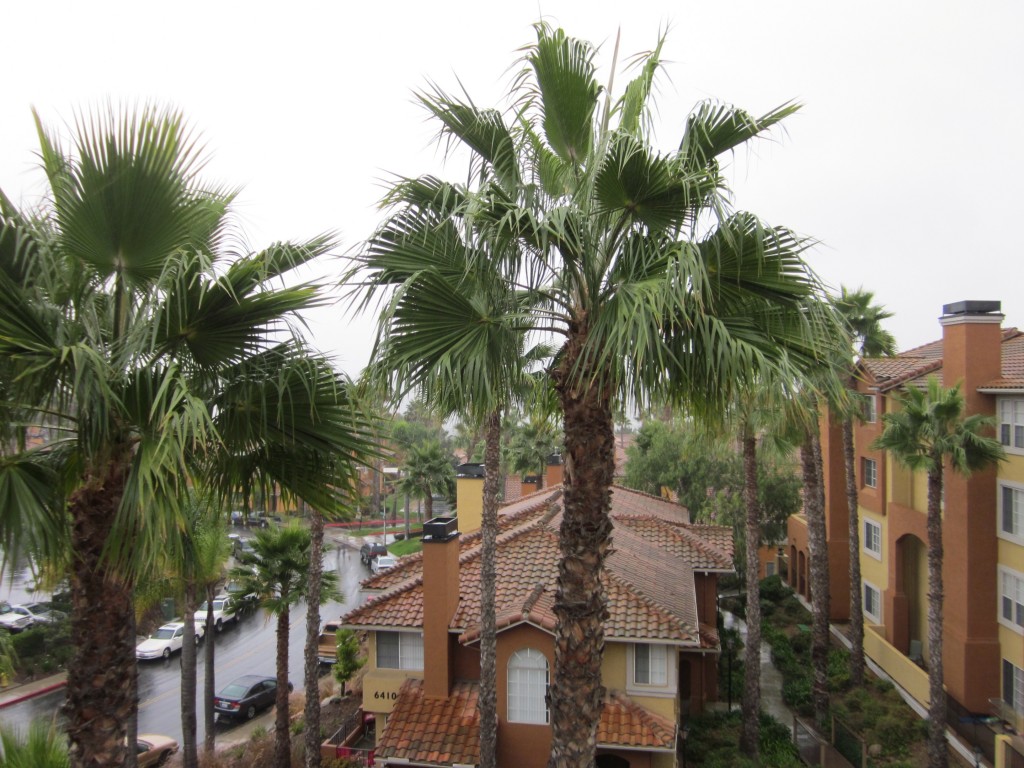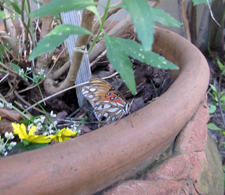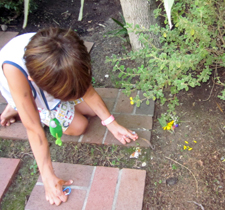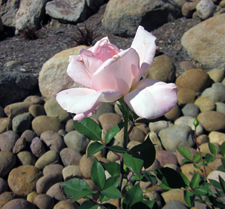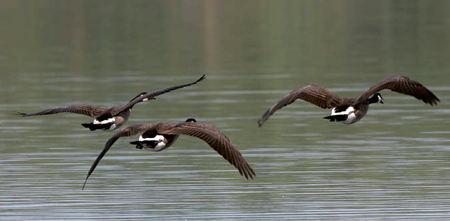“Houston, we’ve had a problem…”
“Ever tried. Ever failed. No matter. Try again. Fail better. The world is yours…”
~ Peter Hayden Dinklage, American actor and producer
Thank you for being part of our cyber-community! Along with my shared thoughts I would love to hear your observations, challenges, pet peeves, etc. Stuff you would like to have us discuss here! So please contact me and let’s begin to explore together.
I wrestled with what I want to feature today and all I could think about is what is happening to our beautiful nation—indeed, our beautiful planet. The word “chaos” keeps coming over and over. We’re being bombarded with suffering and angst crying out from cataclysmic climate changes to every living being, experiencing insufferable injustices to all species; including immense divisiveness and hate more than ever. I don’t have to tell you this.
So what to do? Where to go?
The answer for me of course is slipping into the arms of Mother Nature. Wherever you are nature offers profound lessons of peace and calm—from her rivers to her oceans to her forests, gardens, mountains, clouds—all. But if she’s having a tornado/storm attack then find wherever there is a safe harbor, watching trees being trees; rescuing, hugging, holding animals and children, everyone you can; listening to or playing your own soothing music, nature sounds, or diving into the arts—whether painting rocks or rock ‘n roll. Just breath in and out steadily, listening to your own rhythm ramping down. Not letting yourself spin out.
OR watch a movie that taps into where you need to be. Surprisingly for me, I found incredible lessons of peace in a movie I’ve watched umpteenth times.
Apollo 13
 Apollo 13 has become my chaos rescue. Timing, as you know, is everything and I guess it was the perfect time for me to totally receive the inspiration this movie offered. Based on fact, this mission to the moon became what they called a “successful failure.” Spoiler alert: they make it back home without landing on the moon. Failure because the moon mission wasn’t accomplished. Success because their lives were saved. But what the NASA teams go through to prevent the astronauts from self-destructing and incinerating themselves spinning off into space is astounding.
Apollo 13 has become my chaos rescue. Timing, as you know, is everything and I guess it was the perfect time for me to totally receive the inspiration this movie offered. Based on fact, this mission to the moon became what they called a “successful failure.” Spoiler alert: they make it back home without landing on the moon. Failure because the moon mission wasn’t accomplished. Success because their lives were saved. But what the NASA teams go through to prevent the astronauts from self-destructing and incinerating themselves spinning off into space is astounding.
I don’t think I breathed until the very end of it. Really.
And besides all the brilliant minds and their techno-talk, the understatement first expressed by Jack Swigert in alerting the ground team of their “problem”, was that the entire drama—in space and on land—was delivered and received with a jaw-clenching calm and focus. No one was screaming, “Noooooo!!!!” Yes, they were probably screaming inside, but each dove into what they knew, what they were trained to do, what their strengths were, how they could help, what it would take to stay in the moment and not lose track of the goal at hand: to save three men’s lives no matter what. And can we talk about the fact that they were figuring out mathematical solutions sans computers, too, while everything around them was shutting down and the prospect of death rocketed loudly?
 Forget that my all-time fears involve claustrophobia, abandonment, anything that is airborne—and math—this movie showcased these wunderkinds who conquered all those monsters and more by trusting their own instincts, knowing that they had the answers even if they didn’t believe they did. They had to in order to survive for themselves and an entire team working together. That’s the kind of calm I’m talking about.
Forget that my all-time fears involve claustrophobia, abandonment, anything that is airborne—and math—this movie showcased these wunderkinds who conquered all those monsters and more by trusting their own instincts, knowing that they had the answers even if they didn’t believe they did. They had to in order to survive for themselves and an entire team working together. That’s the kind of calm I’m talking about.
There is an innate knowing within each of us. I don’t always listen to nor trust it, but when I do I find that it becomes stronger and far more overpowering than the madness I am witnessing or experiencing. I can breathe deeply. I can get up off the floor. I can see my setbacks as opportunities, sometimes even blessings, when I don’t give up and keep on keeping on. Is it all a total failure or a “problem” with a successful solution?

Trust your inner calm
Whatever the world is that you’re facing and will face in time, I hope you embrace and trust your own inner calm. You don’t have to become—or lose yourself in – the waves of chaos. Be the rock and stay steady in the storm.
“In the midst of winter, I finally learned that there was in me an invincible summer.”
~ Albert Camus


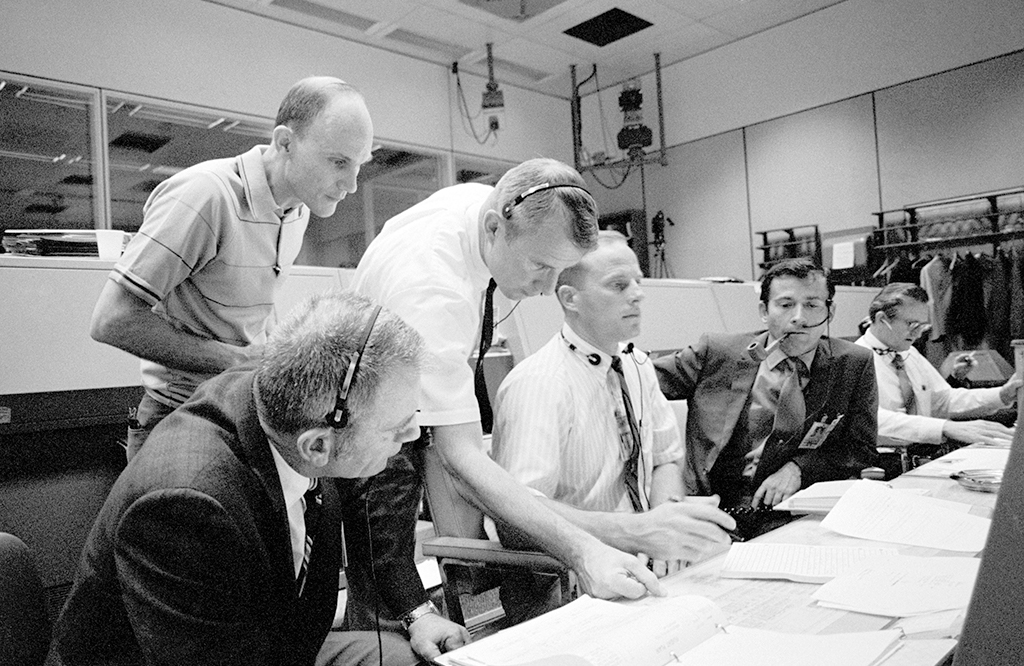
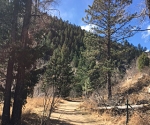
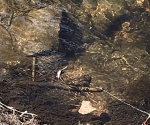
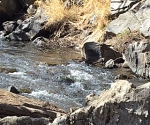
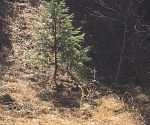
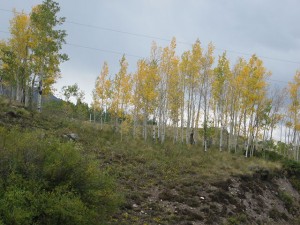 I’ve always been so drawn to them—Aspen trees. Their beauty bedazzles. You have to stop and stare. On our recent travels to the rocky majesty of Crested Butte, Colorado, my husband Pete and I did just that, forced to look closer and take photos of what we long ago discovered about them: These gorgeous groves are connected by one single seedling spread by root suckers! Brand new stems in the colony appear at up to 98-130 feet from the parent tree.
I’ve always been so drawn to them—Aspen trees. Their beauty bedazzles. You have to stop and stare. On our recent travels to the rocky majesty of Crested Butte, Colorado, my husband Pete and I did just that, forced to look closer and take photos of what we long ago discovered about them: These gorgeous groves are connected by one single seedling spread by root suckers! Brand new stems in the colony appear at up to 98-130 feet from the parent tree.